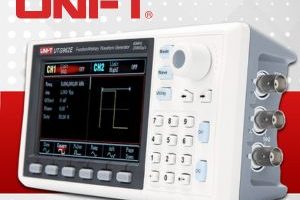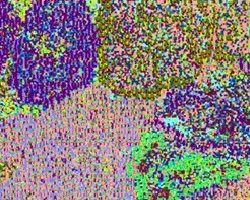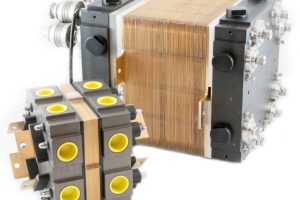
Manufacturers of domestic applicances now need to make accurate measurements to ensure that their products operate at optimum energy efficiency with minimum standby power consumption.
Equipment needs to comply with the latest IEC62301 Ed.2.0 (international) and EN50564:2011 (European) standards.
“The standby mode on electrical appliances has long been in use and is mostly taken for granted by consumers,” said Terry Marrinan, Yokogawa’s v-p for test and measurement in Europe & Africa.
“The fact that in this mode the equipment is consuming electricity, and that this is something of which most people are unaware, has been a major concern for regulators,” said Marrinan.
The EU has supported an initiative by the International Energy Agency to limit the standby power consumption of a single piece of equipment to 1W, a threshold which is expected to decrease to 0.5W by 2013.
These guidelines have been adopted by the International Electrotechnical Commission (IEC), which has recently released the second edition of its International Standard IEC 62301 (Household electrical appliance – Measurement of standby power).
According to Marrinan, it is estimated that by 2020 appliances using standby mode will contribute as much as 50 terawatt-hours of electricity consumption per year, equivalent to the annual electricity consumption of a country such as Portugal or Greece.
“This emphasises the importance of this issue. Ensuring that manufacturers improve the efficiency of equipment in the standby mode can lead to significant reduction in electricity consumption,” said Marrinan.
The European EN50564:2011 standard adopts a similar approach.
These standards define the relevant test conditions for accurate measurement of standby power, and emphasise the fact that determination of the relevant low power levels requires accurate measurement – an area in which the Yokogawa range of power analysers is well established.
The software package is designed for use with the Yokogawa WT210, WT500, WT1800 and WT3000 power analysers.
Electrical parameters measured include total harmonic distortion, crest factor, voltage, frequency, power variation and accumulated energy. In addition, although they are not required by the standard, apparent power and power factor are also measured as reference values.
The software uses both the sampling method and the average reading method defined in the standard, and provides a measurement time check. An “auto” measurement mode checks data stability every ten seconds according to the algorithms defined in IEC62301 and can automatically end the test once stability and the test conditions have been met.
www.tmi.yokogawa.com
 Electronics Weekly
Electronics Weekly



